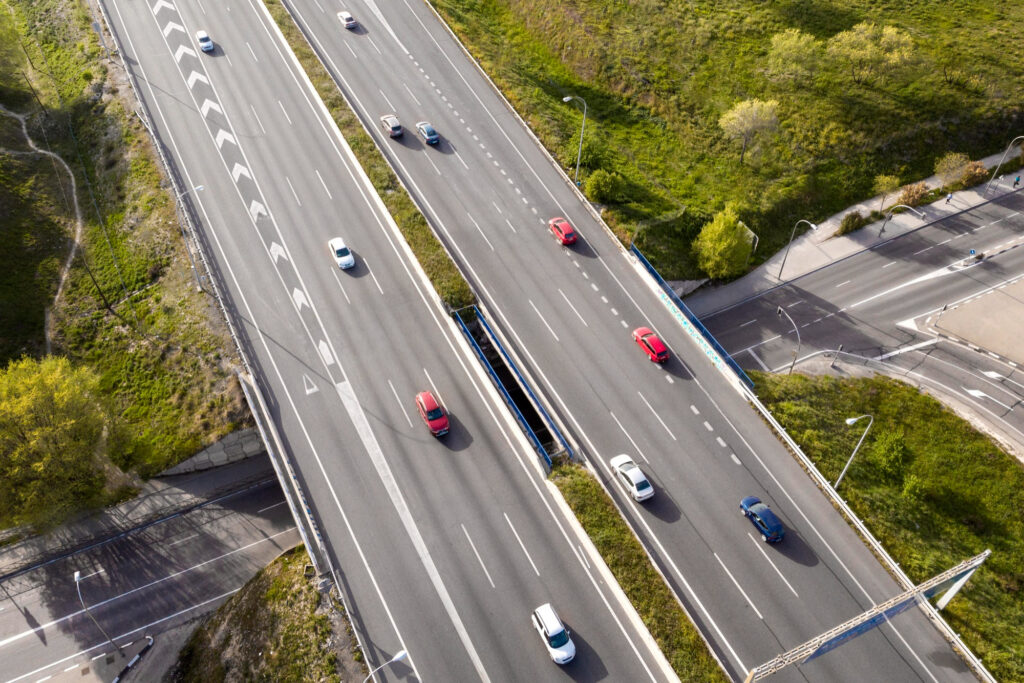
What is the GHG quota?
The greenhouse gas reduction quota (GHG quota for short) is an instrument designed to help reduce CO2 emissions, especially in the transport sector. Based on the GHG quota, companies that sell fossil fuels, such as mineral oil companies, are obliged to reduce their emissions by a fixed percentage each year. If the companies do not fulfil the quota, penalties are due. However, the quantity of GHG quota certificates required to fulfil their own quota can also be purchased from other market participants. This is exactly what happens in GHG trading.
How do I benefit from this as an e-car driver?
By submitting the vehicle registration certificate, e-mobilists can benefit from the GHG bonus. As an electric vehicle driver, you are actively helping to reduce climate-damaging greenhouse gas emissions. This commitment is recognised by the legislator by enabling e-car drivers to have the CO2 savings achieved certified and sold as a GHG quota.
And what does this have to do with my wallbox?
With the GHG quota for wallboxes and charging stations, the legislator is rewarding all those who contribute to the expansion of the charging infrastructure, as this is a critical success factor for the mobility transition.
So I can easily earn money with my private wallbox?
It's not quite that simple, because there are clear conditions as to who can apply for the GHG quota for the wallbox and how high the premium is.
Here are the most important requirements in brief:
- The charging point must be registered as 'publicly accessible' with the Federal Network Agency (BNetzA).
- In order to be listed there, consent to the publication of your personal data (e.g. address) is required.
- Whether a charging point is publicly accessible is determined by the Charging Point Ordinance (LSV).
- The space where the charging station is located must be accessible to anyone. This is the case, for example, in the car parks of restaurants, petrol stations or shops.
- Wallboxes and charging stations operated by private individuals in carports, garages and garage entrances are generally not considered publicly accessible charging points.
- Furthermore, the charging station must meet certain technical standards (e.g. standardised data interface) and be sufficiently available in terms of time.
In principle, it is therefore also possible to apply for the GHG quota for a private wallbox, but the requirements for this are very clearly and strictly formulated.
How high is the GHG premium for wallboxes?
There is no flat-rate amount; the amount of the GHG premium for wallboxes depends on the amount of annual charging current. Depending on the GHG quota provider, you can receive up to 20 cents per kilowatt hour. With a consumption of 2,000 kilowatt hours, the premium is between 200 and 400 euros.
Step-by-step guide: How to secure your bonus!
- Register charging point officially with BNetzA
- Get operator number
- Register with a THG provider (a selection of providers can be found in common comparison portals, e.g. Verivox)
- Use of wallbox (annual reporting of charged kilowatt hours)
- Payment of the GHG premium